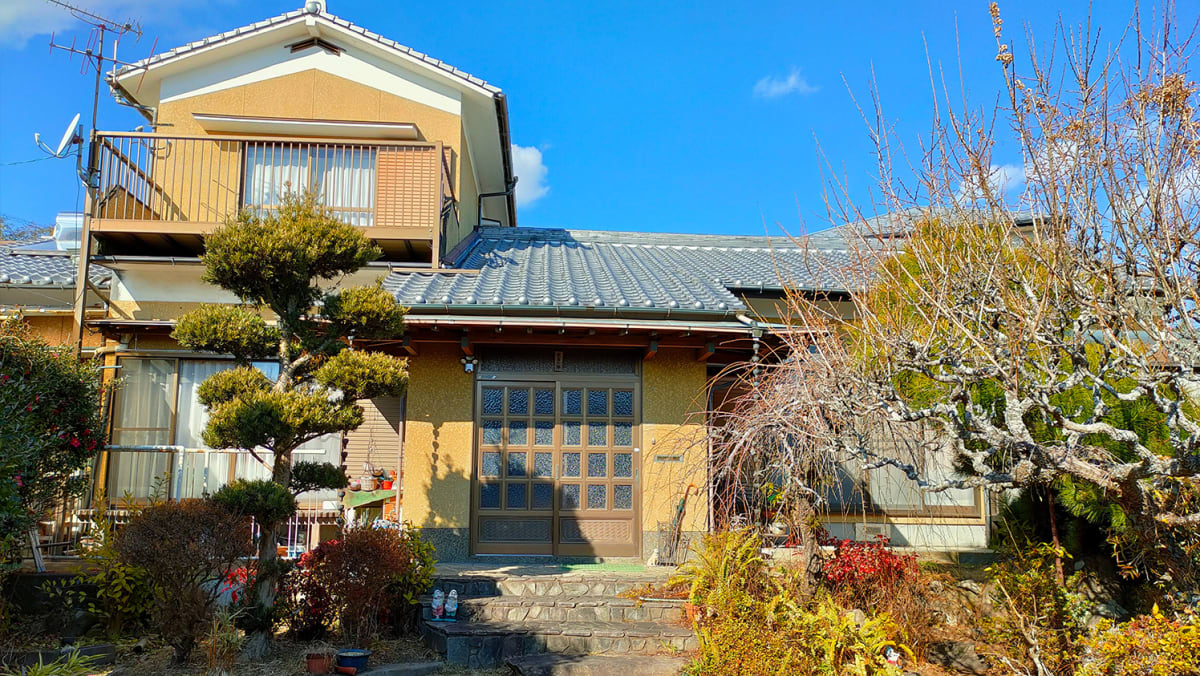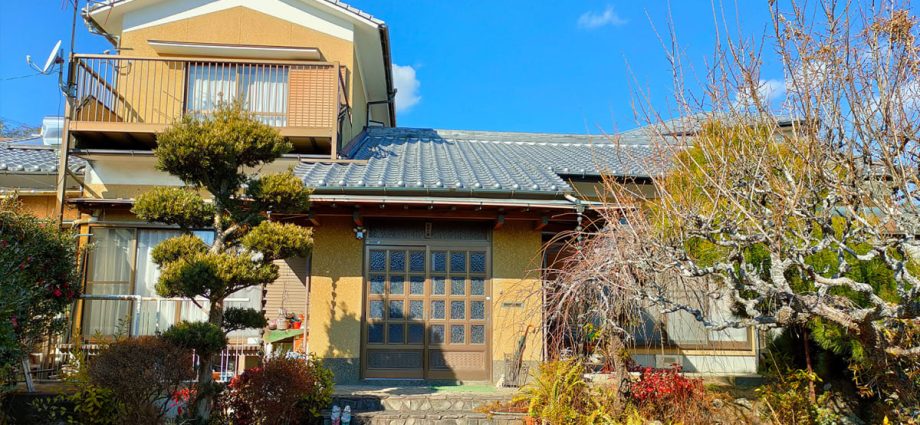Why an empty house in Japan could be your next investment buy

In 1997, he begun leading some Walk Japan tours, a company that was started by two Hong Kong University professors to provide academic excursions. Christie became a partner five years later. After several years of personal endeavours to contribute back to his local community in Kunisaki, Walk Japan’s Community Project arm was formalised in 2007 with the aim of revitalising the region, which, like most other rural regions in Japan, was faced with an ageing population and declining job opportunities. The akiya purchases are one initiative that shores up this Project, which also includes programmes like working with local rice and shiitake mushroom farmers, maintaining public land and forestry work.
“I saw these purchases as a way to contribute to the local community because if we did not buy them, chances are they would continue to stay empty. At the same time, at the back of my head, because they were priced reasonably, I thought they may eventually offer some returns,” said Christie.
Today, Christie owns seven properties in the area, of which five have been repurposed as family housing, rental and guest accommodation and offices. He is often consulted by staff and family members who are also seeking out their own akiya. He lives with his Japanese wife and four sons in a beautifully renovated akiya in a farming hamlet close to the small coastal city of Kitsuki. Just across the road, they have a spacious guest house with tatami-mat where they host friends, families and VIPs, most recently, the British ambassador to Japan, Julia Longbottom and her husband Richard Sciver.

